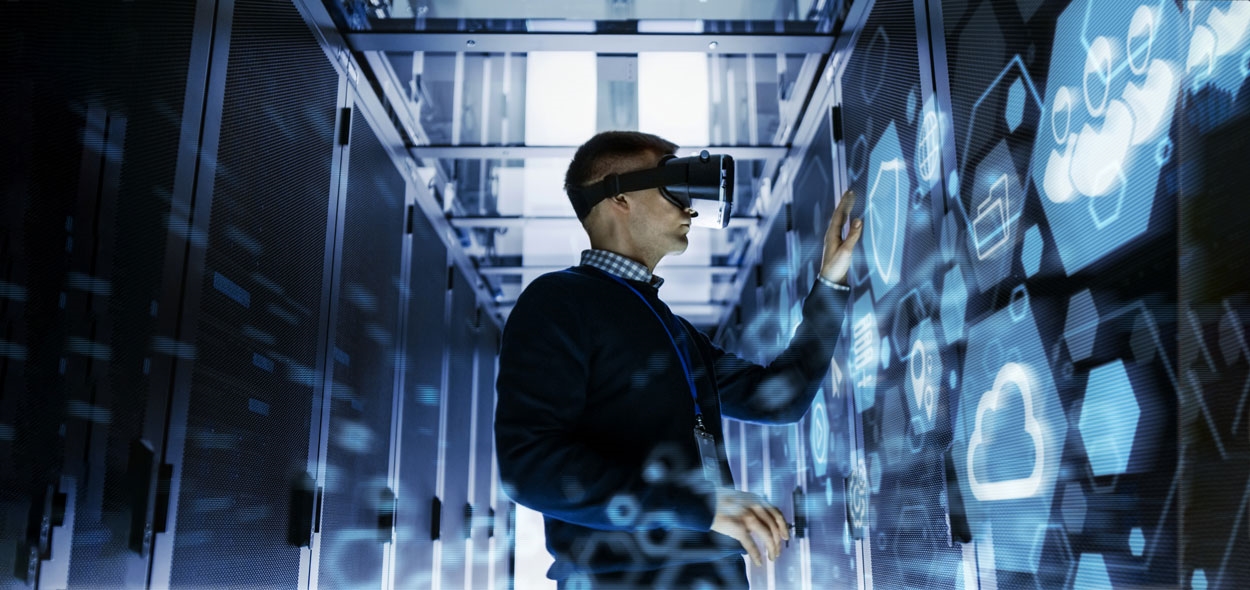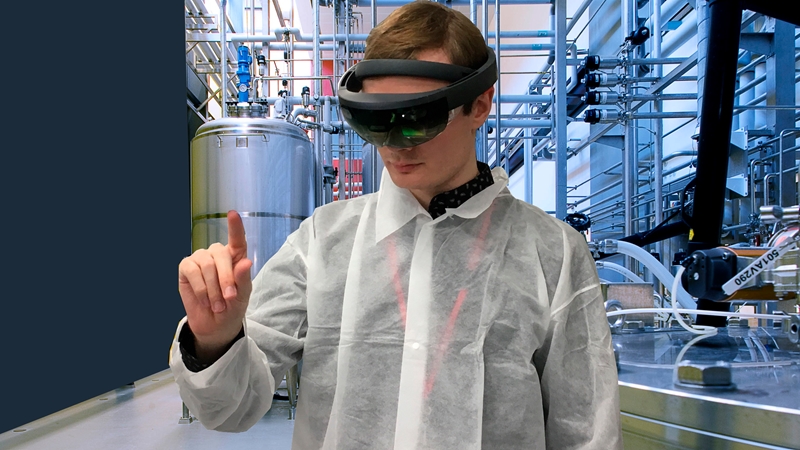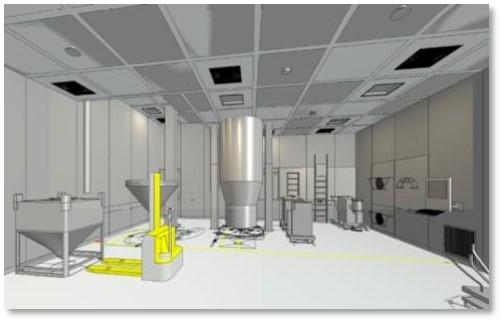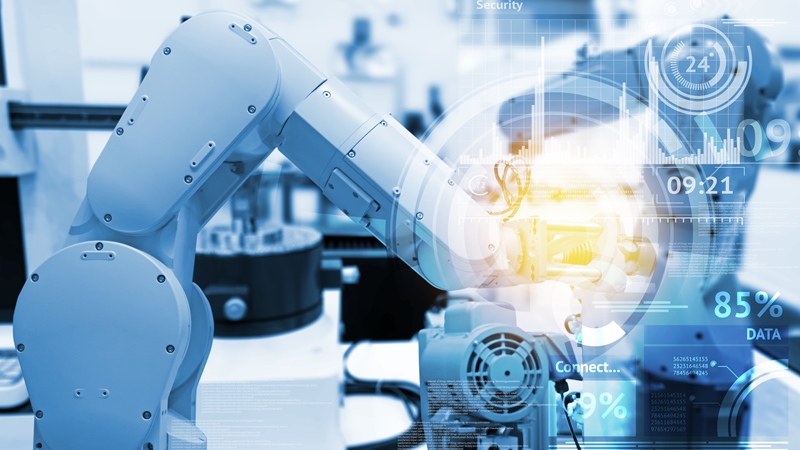Extended reality (XR) technology is disrupting industries across the board. From news media to film, healthcare to retail – the revolution is expanding – and now pharma engineering and manufacturing are following suit. So what can these technologies offer us, and why are they so groundbreaking?
XR covers virtual reality, augmented reality and mixed reality. Put simply, it is all about merging the physical and virtual world. Virtual reality (VR) replaces reality with a virtual environment at a 1:1 scale and is fully immersive. Augmented reality (AR) adds a digital layer of information onto real surroundings providing new ways of interacting with reality. And finally, mixed reality (MR) is just as it sounds – a combination of the two, where real world and digital objects interact. The most well-known example is Microsoft HoloLens which allows you to interact with holograms.
The ongoing shift towards digitalization in the pharma industry has helped to simplify operations and make services more effective. But now pharma manufacturers are taking it one step further – transforming operations and injecting new ways of interacting with reality into daily work.
XR for pharma manufacturing design
XR is particularly useful for design. Primarily because using a virtual model instead of a physical model makes decision making (and any potential changes) a lot quicker and easier.
Indeed, with VR it is now possible to make full-scale facility environments – meaning you can walk through a facility before it exists in reality. This can be extremely useful to spot any flow errors, test equipment, or examine critical and difficult design tasks.
Some XR applications now being used in design decision making include:
- Architectural building design review
- Site analysis
- Review of process layouts
- Space management
VR for operational assistance and lab training
Training on a manufacturing site before production starts is expensive and time consuming. Instead, simulating training procedures in a realistic virtual environment takes away the need for physical equipment.
Not only that, but visual gamification and storytelling can improve knowledge retention, and ultimately reduce errors. Ever wondered why YouTube instructional videos are so much easier to follow than ploughing through that manual? Or why you learn something much quicker when actually doing it yourself? This is because visual memory matters.
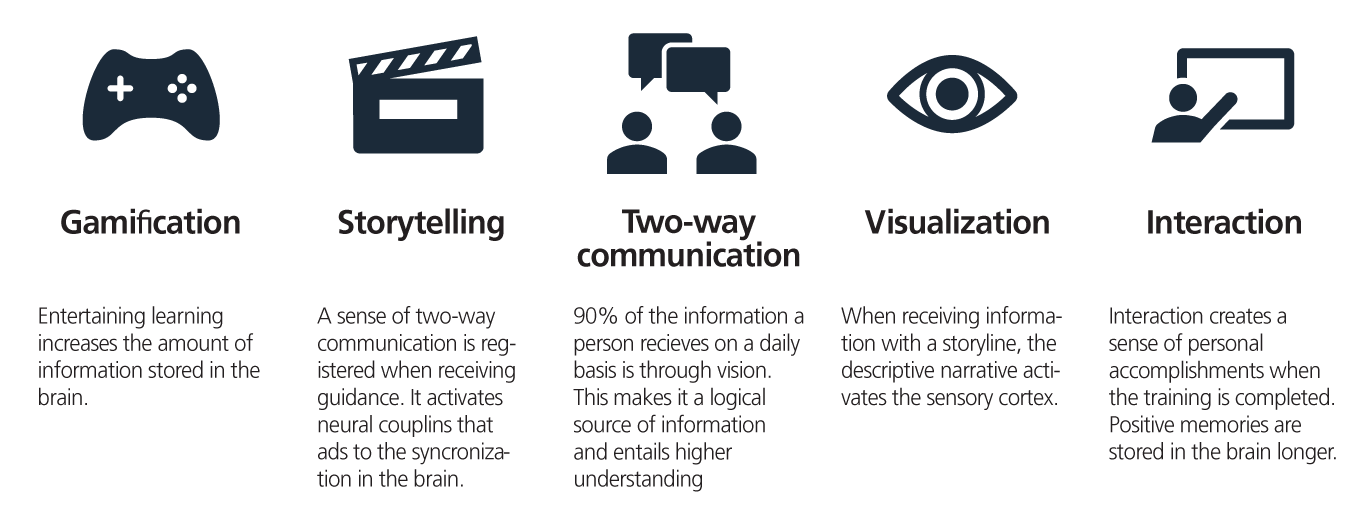
Fig. Learning drivers supported by XR
In addition, transforming standard operating procedures (SOPs) from physical documents to step-by-step guides in augmented reality can help reduce errors, increase efficiency and improve validation. This is because instructions can be displayed in real-time and in the right context.
To take an example of XR technologies in action, one way they are currently used is to train operators within a biosafety cabinet. These cabinets follow a precise code of conduct where each movement has to be controlled and performed correctly. Any wrong moves can contaminate the product – so mistakes are expensive and time consuming.
AR training sends digital information through a HoloLens so operators can receive information on how to interact with equipment and understand the more delicate parts of the procedure. VR training, on the other hand, offers a completely controllable environment where airflow and warning messages can be triggered by incorrect conduct. The goggles can also use Leap Motion tracking to register the hands of the user so they can interact with virtual elements without controllers or gloves.
Overall, XR applications can be used in operational assistance for:
- Process and flow awareness
- Virtual training prior to facility handover
- SOP guidance and improvement
- GMP compliance and validation
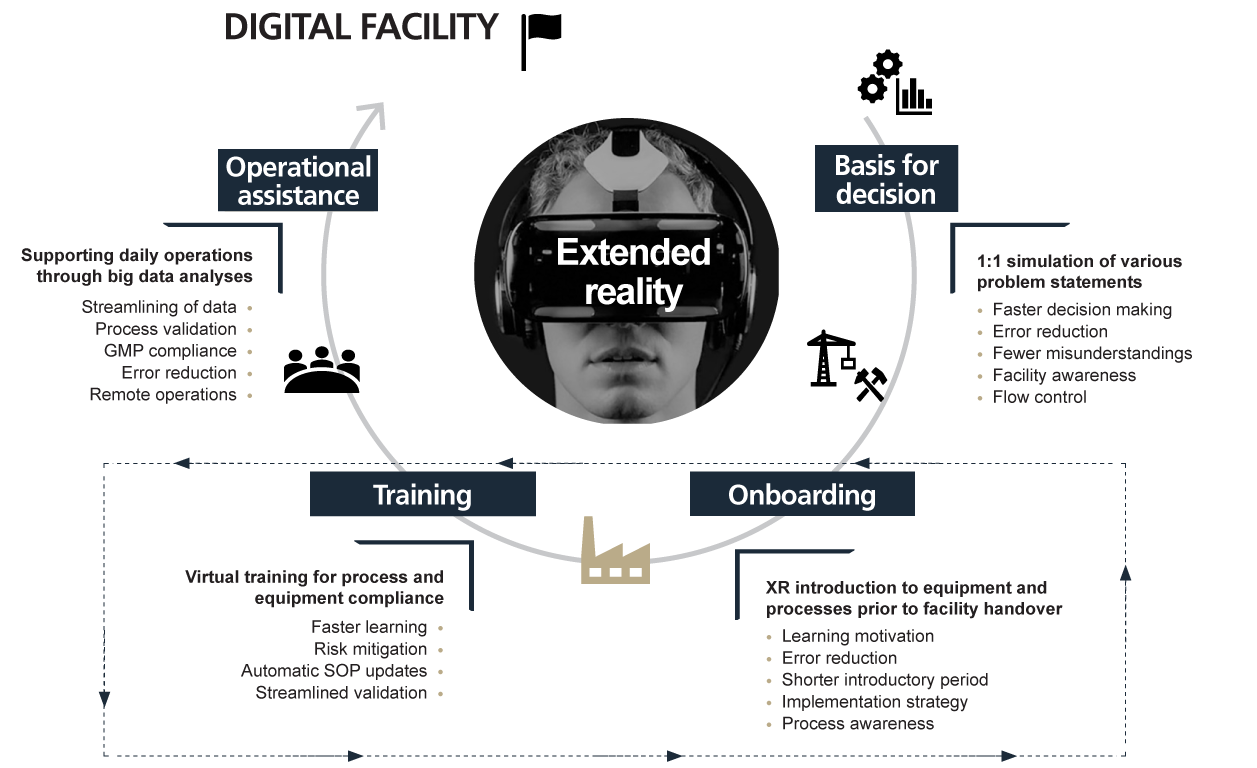
Fig. Benefits of XR in the facility value chain
XR for remote pharma operations
Many pharma companies have production plants all over the world, often far away from headquarters where their specialists and experts work and live. In the past, this has meant a lot of travel and expense. But thanks to XR technology, it is now possible to perform “remote engineering”. Experts can support staff with maintenance operations or troubleshooting without being their physically.
How is this possible? Primarily because you are able to live stream and guide operators via AR technology. The expert located at the headquarter can see what the operator sees and simultaneously tell and show him/her what to do. Using the building’s virtual 3D model, experts at headquarters can virtually access the model and see through ceilings and walls to get an overview of hidden installations. They can also see all the building’s data in real time.
They can then share this real-time perspective with operations or maintenance staff, and instruct them using video communication software. Both can also “draw” on a shared screen to illustrate their point.
And it doesn’t stop there - it gets more advanced (and almost Sci-Fi) when we consider the possibilities of 3D teleportation. By scanning an expert’s features, it is possible to create an avatar that is projected at the production site itself. So it really feels like your colleague is right there with you (though it might be slightly unnerving at first).
How XR applications can be used in remote operations:
- Remote maintenance
- Expert inspections at distance
- 3D teleportation
- Digital meetings
Where will the extended reality trend go from here?
Overall, virtual reality has proven to be more than just an entertainment fad. And with the development of AR and MR, our options are only growing. Clearly the benefits of these technologies are multifaceted in all industries – but in the highly technical and safety conscious world of pharma manufacturing, these developments could be revolutionary.
So what’s the next step for those on the fence? It is highly likely that this trend will continue, and many larger companies are already onboard. So to stay ahead of the game, all pharma manufacturers should start integrating XR into daily working life, and testing out different scenarios to find the right solutions for their needs
